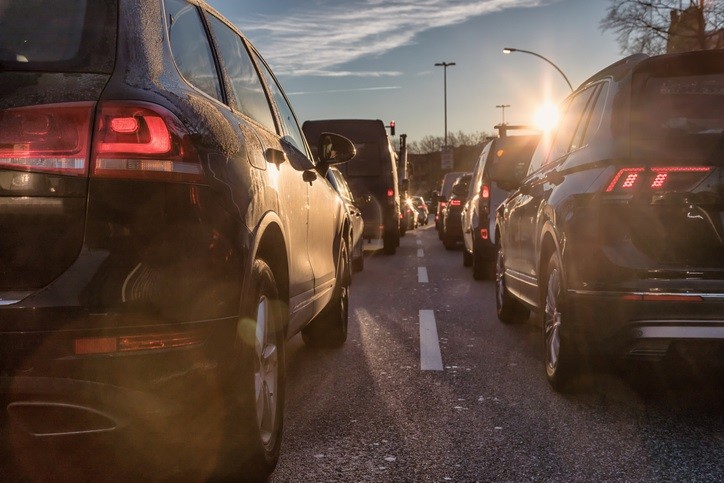When buying car insurance, you will often see policies referred to as “full coverage,” which is typically shorthand for a policy that covers your vehicle’s liability and damage in an accident. The problem with the term “full coverage” car insurance is that there is no formal definition. Rather, it refers to what people think they are buying to ensure their vehicle from accidents fully.
The term “full coverage” car insurance can be misleading. In reality, there is not a specific insurance policy that will cover you and your vehicle in every situation.
If you were hurt in a car accident, call an Eason & Tambornini Sacramento car accident attorney for a free consultation today.

California law mandates that all drivers have liability insurance coverage and uninsured/underinsured motorist coverage. However, you have the right to waive uninsured/underinsured motorist coverage. In most cases, “full coverage” means that you have bought liability insurance and uninsured motorist coverage as well as comprehensive and collision.
There are other kinds of coverage that you can purchase, such as medical payments coverage, rental car reimbursement, towing and labor cost coverage, and guaranteed auto protection (GAP) insurance coverage. Most people do not have all these additional policies. It may be a waste of money to pay for medical payments coverage if you have health insurance with a low deductible. However, if you do not have medical insurance or have a high deductible, then paying a little extra for medical payment coverage may make sense. It is important to evaluate your risk as it may not always be in your best interest to have these additional policies.
People will often buy a “full coverage” car insurance policy and think it will cover them in every circumstance. However, you may have small limits, in which case your insurance will only cover up to your policy limits.
For example, if you run into someone’s car and your property damage liability insurance only covers $5,000. If damage to the other person’s vehicle is $25,000, then you will be responsible for the difference out of pocket. In this situation, you may have “full coverage,” but you are not fully covered. The Eason & Tambornini car accident attorneys recommend that you purchase higher limits than the minimum to avoid these types of situations.
Deciding whether you need “full coverage” insurance depends on your economic circumstances and risk factors. If your vehicle is not worth much or you are okay with not fixing it, then having “full coverage” insurance with comprehensive and collision coverage does not make sense. If you drive a more expensive car or currently have a car loan, you definitely should have “full coverage” with comprehensive and collision coverage.
The car accident attorneys at Eason & Tambornini always recommend obtaining uninsured motorist coverage if you can afford it. The biggest disappointment our car accident attorneys see is that people don’t have enough uninsured coverage and have significant bills. We recommend that you have enough uninsured motorist coverage to cover you for at least one year’s worth of income.
